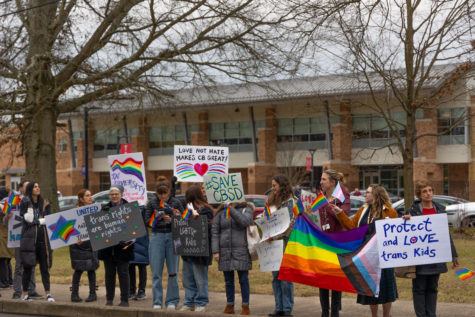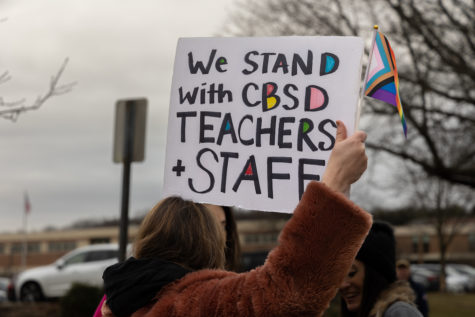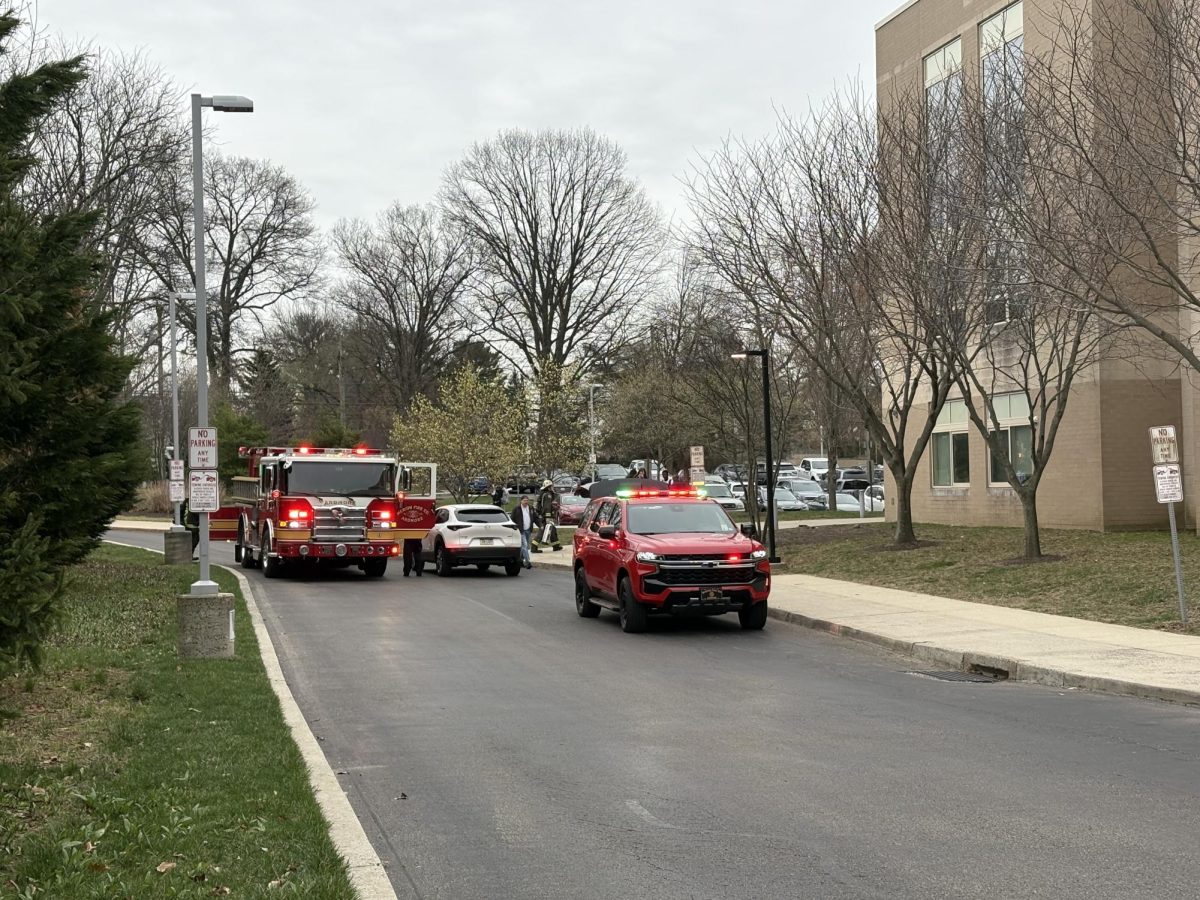Nationwide arguments over curriculum and local office holders have become a hot topic throughout the past year. These debates became local to LM when the nearby Central Bucks School District (CBSD) passed the highly controversial “Policy 321” this past January. The new policy gained community, and later state-wide, attention with strong arguments on both sides from students, teachers, and parents.
“Policy 321,” claiming to be a neutrality policy, restricts employees from displaying certain materials in classrooms. The policy specifically states that anything that falls in accordance with one’s “partisan, political, or social policy matters,” rather than the specific school curricula, should not be displayed by employees. Many took issue with the policy in the months leading up to its ratification claiming the rhetoric serves to discriminate against marginalized communities, specifically, LGBTQ+ students. Groups of parents and students came to speak at the public input session hosted by Central Bucks’ school board. One such student claims, “since I’ve begun my high school career, Central Bucks has only become a more dangerous
place for LGBTQ students.” The student isn’t alone in this belief. Keith Willard, a teacher and Gay/Straight Alliance club advisor at Holicong Middle School, told a journalist from Patch News, “How are we supposed to follow a policy that denies the humanity of our students? It’s unethical.” Willard is one of the organizers of demonstrations around the district protesting the new policy following its implementation. Advocacy on both sides has been strong, however. During a public commentary session on the night of voting for the policy, another student advocated for the policy’s implementation stating, “neutrality seems to be the best approach.”

More recently, a letter was sent by the district superintendent and CBSD President to Central Bucks parents and surrounding community in an attempt to address concerns about the policy. The lengthy, 1,500 word document outlines the policy’s purpose and limitations, outlining that their resolution stipulates the goals but not the course of implementation specifically. Overall, the letter explains how the policy upholds a series of past policies, including their anti-bullying and dress code policies, stating “Policy 321” neither overturns nor undermines anything already in effect. It finishes with a call upon the community to condemn “bullying” of faculty and staff, referencing some examples of threats of violence carried out against school board members following the passing of the policy. The letter and the policy mostly avoid directly referring to the LGBTQ+ community, with the exception of a single bullet in the letter specifying that employees in same-sex marriages are still able to display family photos.
This aspect of the policy has not been stagnant. The original drafted policy was forced to be amended following legal review and no longer contains direct wording such as “sexual orientation” and “gender identity” with regards to prohibited materials. This follows a lawsuit filed on behalf of some students in coordination with the American Civil Liberties Union. Many students and teachers say this change still isn’t enough and the policy itself still hasn’t changed despite these amendments.
According to one LMSD teacher and Central Bucks parent, the concern for LGBTQ+ inclusion has been exacerbated by the book reviews carried out this past winter. The board pulled four books for review which featured LGBTQ+ protagonists. The board took sixty additional books for review due to explicit sexual content. For many, this new policy is merely an extension of this. But conflation of the different local issues as well as comparisons drawn to national-level trends have been refuted by the superintendent and district president in their letters.

The policy left a lot of things up in the air including current safe space programs offered by the schools. The Rainbow Room by Planned Parenthood is one such program which currently offers resources to LGBTQ+ students in the district. Though much is left to be revealed with the impacts and implementation of the policy, it is clear it will have great impact on the district whether it be for the better or worse.






